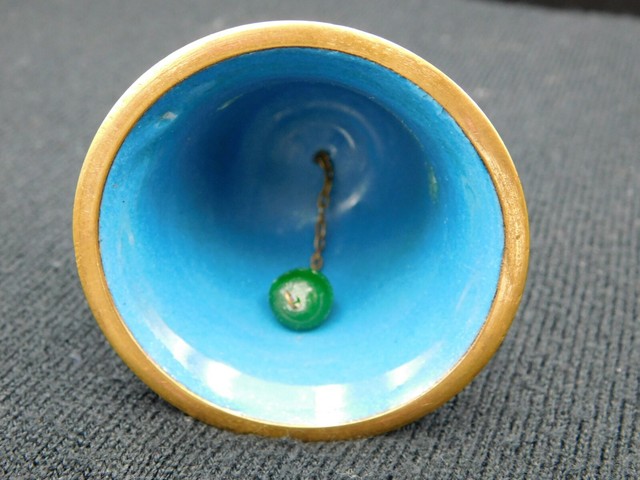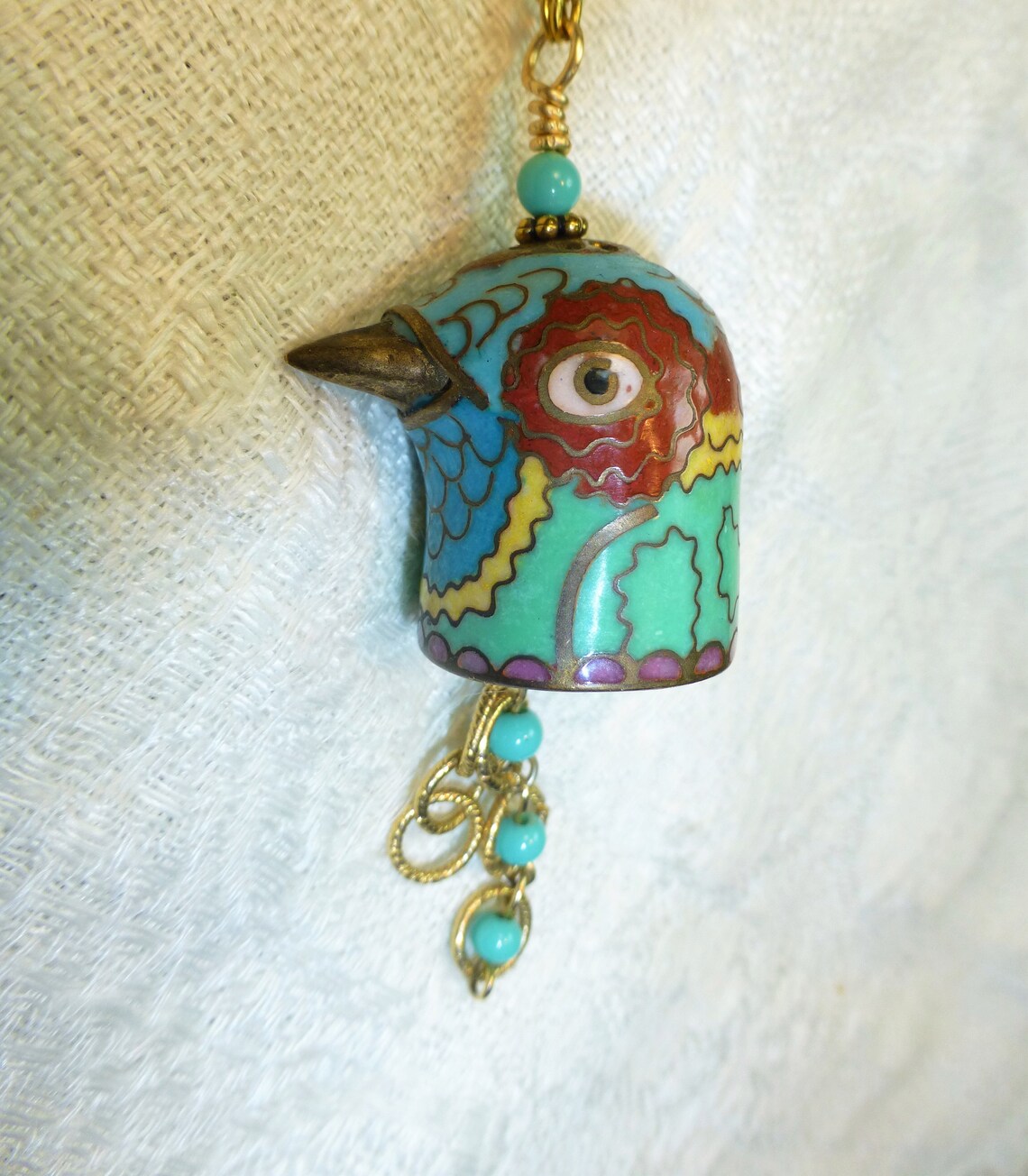
Using chemical-free weed and pest control and mulching garden waste can also increase the food available for birds. You should also remove fruiting plants such as cotoneaster and blackberry that attract predators such as currawongs, to help reduce predation on smaller bird species. You should also consider the timing of flower and fruit production, to ensure that there is always food available for birds. Meanwhile, a thin midstorey with fewer leaves may help to reduce bell miner abundance, as suggested by our recent study near Kyogle, New South Wales. General natives can also be planted if you can’t find local natives in your local nursery.Įven in gardens where noisy miners dominate, smaller birds can survive in a dense understorey. Reducing weeds in your garden and neighbouring bushland (many weeds are derived from garden plants) can help native species. Native birds that live in the area will then visit your garden as another food source in their territory.Ī bird-friendly garden.

Plants should also be local species that grow naturally in the area and are suited to the climate. Mulch can also encourage insect life for insectivorous birds. These plant species need to have diverse structures, and should be close together to form dense, protective thickets, including climbers within medium-to-tall shrubs and trees, nectar-bearing and seed-bearing plants. You need to create a multi-layered habitat of ground covers, small and medium shrubs, and trees that provide food and shelter locations all year for a variety of species. So if we are causing these birds to increase in number, how can we reduce their numbers and re-create the original habitat where all species could co-exist? Build a bird-friendly garden Conversely, bell miners prefer thick understoreys, particularly those create by introduced weeds such as lantana. Noisy miners particularly favour open areas that don’t have thickets of shrubs of smaller trees underneath the canopy. These disturbances increase the habitat available for these two species, allowing them to increase in number and drive out the smaller birds that compete for their food sources. This includes increasing noise levels, removing corridors of connecting native vegetation, creating gardens with exotic plants, building cities, houses, parks, logging and introducing invasive species that create thick understories. Where miners are normally found in lower numbers, disturbances by people can tip the balance in their favour. Sascha Wenninger/Flickr, CC BY-SA Are the birds to blame? They also take over habitat that would be used by other birds.īell miners are known for their loud calls. It is thought that their feeding and breeding behaviours lead to the death of eucalypts on the east coast of Australia. They have a distinctive call that travels for tens of metres through the forest.īell miners cause Bell Miner Associated Dieback in trees. But our research has found that bell miners show similar behaviour to noisy miners. More research is needed to find out why bell miners are becoming more common. The problem is so serious that noisy miners are listed as a national threatening process. They then chase away other birds, reducing the number of species and potentially having knock-on effects on ecosystems.



One study in the box-ironbark forests of southeast Australia, found that noisy miners an move into areas of smaller fragments and unhealthy trees. Human disturbance has been linked to increasing numbers of noisy miners. Kathryn Lambert, Author provided Good birds gone badīoth species of these miners (genus Manorina) have been found to reduce bird diversity through their aggressive behaviour, and have been associated with eucalypt dieback. Masked mobster: noisy miners are increasing in number and spreading at the expense of smaller birds.


 0 kommentar(er)
0 kommentar(er)
